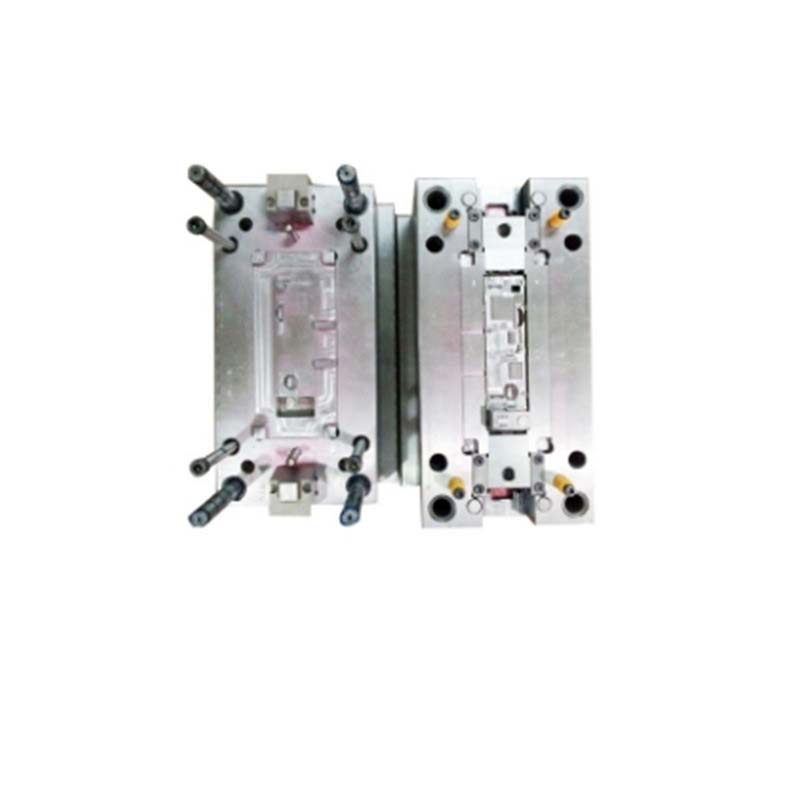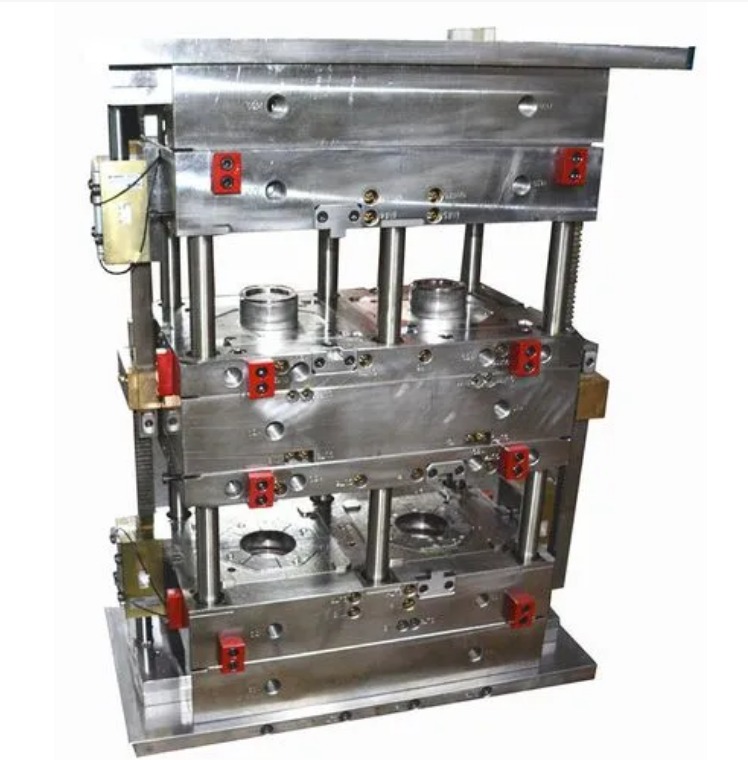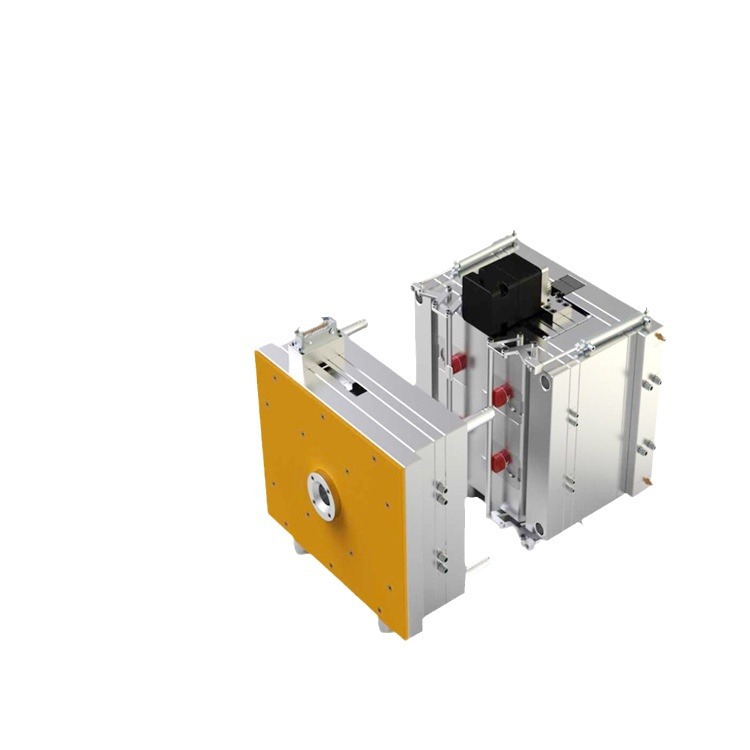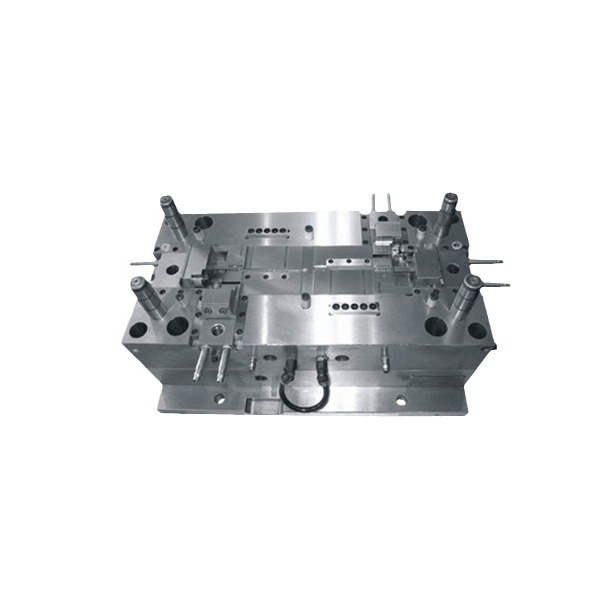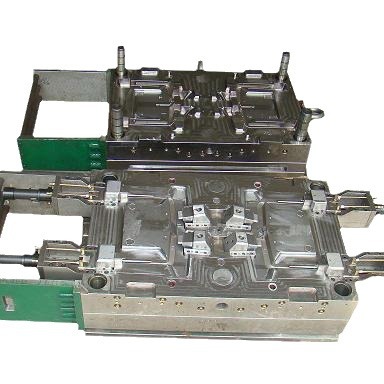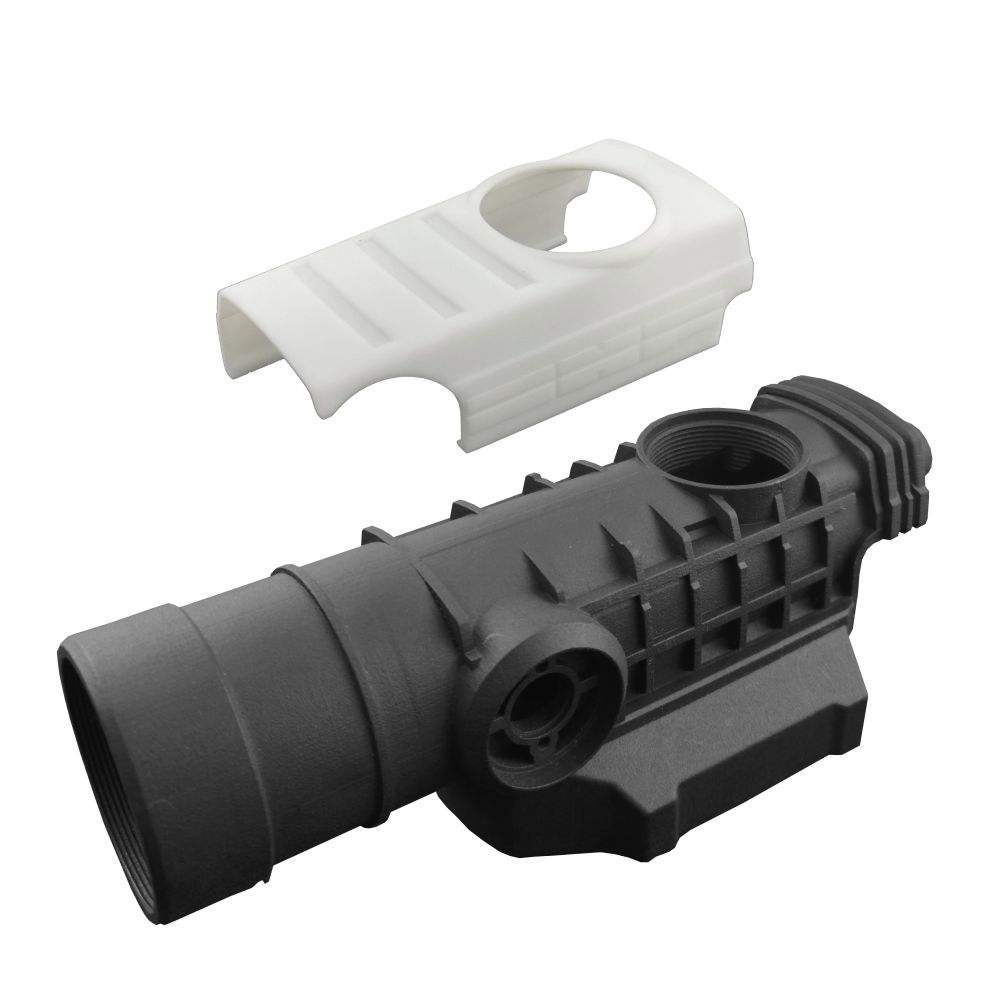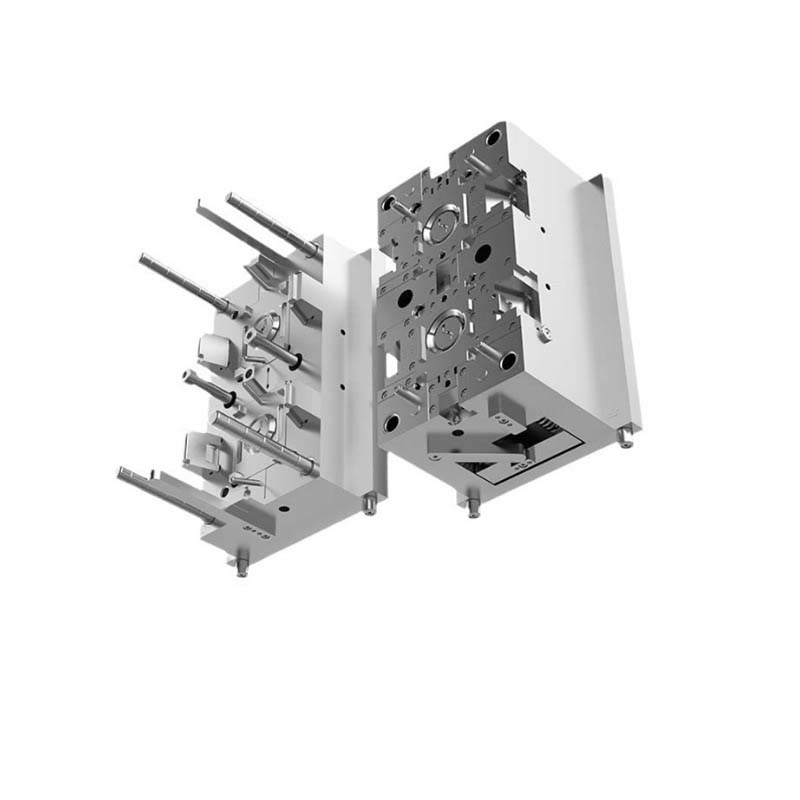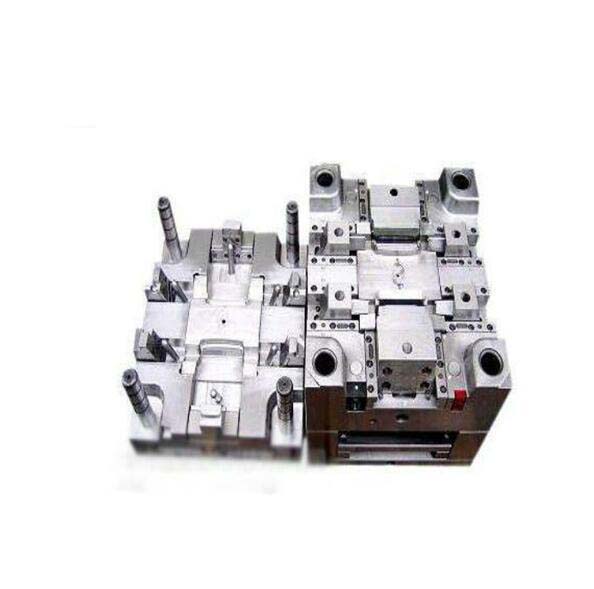Introduction
The Significance of Plastic Mold Production
In modern manufacturing, plastic mold production stands as a cornerstone, playing a pivotal role across a wide spectrum of industries. From the tiniest components in electronics to large - scale automotive parts, plastic molds are indispensable. They are the key to mass - producing high - quality plastic products with precision and consistency.
Take the automotive industry as an example. According to a recent industry report, over 60% of the interior components in a typical car, such as dashboards, door panels, and various knobs, are produced using plastic molds. This not only significantly reduces the weight of the vehicle, contributing to better fuel efficiency, but also enables the creation of complex and ergonomic designs. In the electronics sector, plastic molds are used to manufacture casings for smartphones, tablets, and laptops. The sleek and precise designs that consumers have come to expect are made possible by advanced plastic mold production techniques.
Given the crucial role of plastic mold production, improving its efficiency and technology is of utmost importance. It directly impacts a company's competitiveness, cost - effectiveness, and ability to meet the ever - changing demands of the market. Higher production efficiency means shorter lead times, which allows companies to respond more quickly to new product launches or changes in consumer preferences. Advanced technology, on the other hand, can enhance the quality of the molds, resulting in better - quality plastic products, reduced waste, and ultimately, greater customer satisfaction.
Strategies to Improve Production Efficiency
Optimize Design Process
Utilize Advanced Design Software
In the plastic mold production process, the design phase serves as the cornerstone. Employing advanced design software, such as CAD (Computer - Aided Design) and CAM (Computer - Aided Manufacturing), can significantly enhance design efficiency and accuracy. CAD software enables designers to create 3D models of plastic molds with great precision. For instance, a complex plastic mold for an electronic device casing that previously took a skilled designer weeks to design manually can now be completed in just a few days using CAD software. This is because CAD software provides a wide range of tools for creating geometric shapes, making it easy to design intricate mold cavities and cores.
CAM software, on the other hand, is closely integrated with CAD. It can directly generate tool paths for machining based on the 3D model designed in CAD. This seamless integration eliminates the need for manual programming of machining instructions, reducing the risk of errors. According to industry statistics, companies that have adopted CAD/CAM software in plastic mold design have reported a 30 - 50% reduction in design time and a significant decrease in design - related errors, which ultimately leads to faster production start - times and higher - quality molds.
Conduct Thorough Design Reviews
Design reviews are crucial for minimizing design flaws and preventing production delays. A well - organized design review process involves multiple stakeholders, including designers, engineers, and production staff. During the review, the following key points should be examined:
- Functionality: Ensure that the mold design meets the functional requirements of the plastic product. For example, if the mold is for a plastic gear, the tooth profile and pitch must be accurately designed to ensure smooth operation.
- Manufacturability: Evaluate whether the design can be easily manufactured with the available equipment and technology. Complex undercuts or overly tight tolerances that are difficult to achieve during machining should be identified and modified.
- Assembly: Consider how the individual components of the mold will be assembled. A poorly designed assembly can lead to misalignment and affect the quality of the final product.
The design review process typically follows these steps:
- Submission: The designer submits the design files, including 3D models and technical drawings, to the review team.
- Pre - review: Team members review the files independently, making notes of any potential issues.
- Meeting: A review meeting is held, where the designer presents the design, and team members discuss their concerns and suggestions.
- Revision: Based on the feedback from the review meeting, the designer makes the necessary revisions to the design.
Standardize Production 流程
Establish Standardized Workflows
Standardized workflows are essential for enhancing production stability and efficiency. By defining clear and consistent procedures for each stage of plastic mold production, from raw material procurement to final product inspection, companies can reduce variability and improve overall productivity.
For example, a standardized workflow for mold machining might specify the sequence of operations, such as rough milling, finish milling, and EDM (Electrical Discharge Machining), as well as the parameters for each operation, like cutting speed, feed rate, and depth of cut. This ensures that every mold is processed in the same way, regardless of who is operating the machinery. A case study of a plastic mold manufacturing company showed that after implementing standardized workflows, their production cycle time was reduced by 20%, and the number of defective molds decreased by 30%.
Implement Quality Control Standards
Quality control standards play a pivotal role in guaranteeing product quality consistency. Adhering to recognized standards, such as ISO 9001 (Quality Management Systems) and ISO 13485 (Medical Devices - Quality Management Systems), can help companies maintain high - quality production.
Common quality control methods in plastic mold production include:
- In - process inspection: Regularly inspecting the mold during the manufacturing process to catch and correct defects early. For example, checking the dimensions of a mold cavity after rough milling to ensure that it is within the specified tolerance range.
- Final inspection: Conducting a comprehensive inspection of the finished mold, including dimensional checks, surface finish inspection, and functionality tests.
- Statistical process control (SPC): Using statistical methods to monitor and control the production process, such as creating control charts to track the variation in key process parameters.
Upgrade Equipment and Technology
Invest in High - Precision Machinery
High - precision machinery is the key to improving production efficiency and product quality. Modern computer - numerical - control (CNC) machines, for example, offer significantly higher accuracy and repeatability compared to traditional manual machines. A CNC milling machine can achieve positioning accuracies of up to ±0.001 mm, while a traditional milling machine may have an accuracy of only ±0.1 mm.
This high precision allows for the production of molds with tighter tolerances, which is crucial for producing high - quality plastic products. For instance, in the production of optical lenses using plastic molds, high - precision machinery ensures that the surface finish and curvature of the mold are extremely accurate, resulting in lenses with excellent optical performance. Moreover, high - precision machines are often faster and more efficient, reducing the machining time for each mold.
Adopt Automation and Robotics
Automation and robotics are revolutionizing the plastic mold production industry. Automated systems can handle repetitive and labor - intensive tasks, such as mold loading and unloading, injection molding machine operation, and quality inspection. A robotic arm can be programmed to load raw materials into an injection molding machine precisely and quickly, reducing the need for manual labor.
In addition, automated quality inspection systems using sensors and machine vision technology can detect defects in molds and plastic products with high accuracy and speed. These systems can analyze thousands of data points in a short time, far surpassing the capabilities of human inspectors. According to industry research, companies that have adopted automation and robotics in plastic mold production have seen a 40 - 60% reduction in labor costs and a 25 - 35% improvement in production accuracy.
Case Studies
Company A's Success Story
Company A, a mid - sized plastic mold manufacturer, was facing intense competition in the market. Their production efficiency was relatively low, and the quality of their molds was not up to the standards demanded by high - end clients. To turn the situation around, they decided to invest in advanced technology and implement a series of management strategies.
Firstly, they upgraded their design software to the latest version of CAD/CAM. This allowed their design team to create more complex and accurate mold designs in a shorter time. For example, a new mold design for a high - end consumer electronics product that previously took 15 days to complete was now finished in just 7 days.
Secondly, they standardized their production processes. By creating detailed standard operating procedures (SOPs) for each stage of production, from raw material procurement to mold assembly, they were able to reduce production errors. The SOPs clearly defined the optimal parameters for each machine operation, such as the temperature and pressure settings for injection molding. As a result, the defect rate of their molds decreased from 8% to 3%.
Finally, they introduced a comprehensive quality control system. This included in - process inspections at multiple production stages and final inspections using high - precision measuring equipment. The investment in quality control not only improved the quality of their products but also enhanced their reputation in the market.
After implementing these measures, Company A saw a significant improvement in their business performance. Their production efficiency increased by 40%, and they were able to take on more orders. The quality of their plastic molds improved, allowing them to enter the high - end market segment. Their customer satisfaction rate rose from 70% to 90%, and their annual revenue increased by 50% within two years.
Company B's Experience
Company B was a well - established plastic mold producer but was struggling to keep up with the rapidly changing market demands. They faced challenges such as long production lead times and difficulty in meeting the tight tolerances required by new customers in the aerospace industry.
To address these issues, they took an innovative approach. They invested in a state - of - the - art high - precision CNC machining center. This machine was capable of achieving extremely tight tolerances of ±0.0005 mm, which was crucial for producing molds for aerospace components.
In addition, they adopted an automated production line for mold assembly. Robotic arms were used to pick and place components accurately, reducing the assembly time by 60%. The automated system also improved the consistency of the assembled molds, as it eliminated human - error factors.
Company B also focused on employee training. They organized regular training sessions for their workers to update their skills in the new technology and processes. This investment in human resources paid off, as the employees were able to operate the new equipment more effectively and troubleshoot problems more quickly.
As a result of these measures, Company B was able to reduce their production lead times by 50%. They successfully entered the aerospace market and secured several long - term contracts. Their market share expanded, and their profitability increased by 35% within a year. These case studies clearly demonstrate that by implementing the right strategies and technologies, plastic mold manufacturers can achieve significant improvements in production efficiency and product quality.
Yigu Technology's Perspective
As a non - standard plastic metal products custom Supplier, Yigu Technology believes that continuous investment in research and development is the key to improving plastic mold production technology. By exploring new materials and manufacturing processes, we can develop molds with better performance and longer service life.
Talent cultivation is equally important. We focus on training our employees to master the latest technologies and techniques, enabling them to handle complex production tasks. Additionally, we always keep a close eye on customer needs. Understanding their specific requirements helps us to customize plastic molds more precisely, improving production efficiency by reducing rework and waste. In a nutshell, a combination of technological innovation, talent development, and customer - centered service is the path to enhance plastic mold production.

